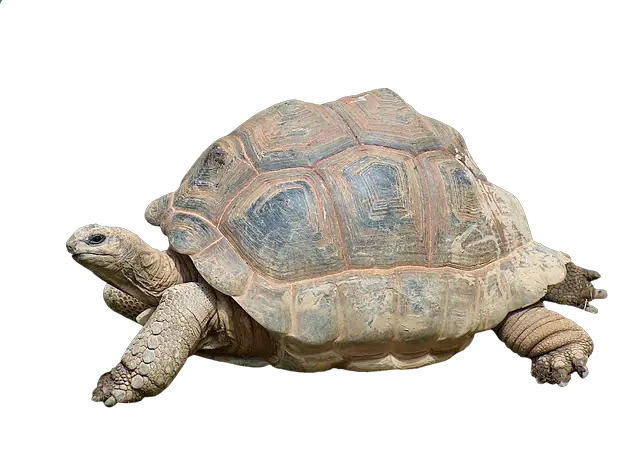What are the natural predators of tortoises? This is a question that many tortoise owners have. The answer may surprise you. Tortoises have many enemies in the wild, including but not limited to: birds, raccoons, coyotes, and even badgers! In this blog post, we will discuss the natural predators of tortoises in detail. We will also provide tips on how to protect your tortoise from these predators.
What are the natural predators of tortoises and how do they prey on them?
Tortoises are one of the oldest and most widespread reptiles in the world, with a fossil record dating back over 200 million years. Though they are hardy creatures, able to survive in a wide range of habitats, they are not immune to predation. A variety of animals have been known to prey on tortoises, including mammals, birds, and other reptiles.
- One of the most common predators of tortoises is the coyote. These canine predators will scavenge dead tortoises or hunt them down for food. They have been known to prey on both adults and hatchlings, using their sharp teeth and powerful jaws to break through the tortoise’s shell.
- Another common predator is the roadrunner. These speedy birds will snatch up small tortoises for a quick meal.
- Other predatory birds include owls, hawks, and eagles. These raptors typically go after juvenile tortoises, which are easier to catch and kill than adults.
- Reptiles such as snakes and lizards also pose a threat to tortoises.
- Snakes will often eat tortoises whole, while lizards will bite off chunks of flesh from larger individuals. Some species of monitor lizards have even been known to kill and eat adult tortoises.
- Mammalian predators of tortoises include badgers, skunks, and opossums. Badgers are one of the most destructive enemies of tortoises, as they will dig up entire burrows in search of food.
- Skunks and opossums will also raid burrows, though they typically go after eggs and hatchlings rather than adults.
How can you protect your tortoise from becoming a victim of predation?
The best way to protect your tortoise from becoming a victim of predation is to provide it with a safe, enclosed space where it can’t be reached by predators.
If you have an outdoor tortoise, make sure the enclosure is escape-proof and has plenty of places for your tortoise to hide.
If you live in an area with frequent predator attacks, consider keeping your tortoise indoors. You should also avoid leaving your tortoise unattended in areas where predators are known to roam.
In addition, be sure to keep your tortoise well-fed and healthy, as sick and weak animals are more likely to be targeted by predators. By taking these precautions, you can help ensure that your tortoise remains safe from harm.
What are some signs that a tortoise may have been attacked by a predator?
One of the most common signs that a tortoise has been attacked by a predator is missing limbs or large chunks of the shell. If the damage is severe, it may be obvious even to a casual observer. However, smaller bites or scratches may be harder to spot.
Another clue that a tortoise has been attacked is its behavior. A tortoise that has been attacked may be more aggressive, or it may become withdrawn and shy away from contact.
Its appetite may also change, and it may stop eating altogether. If you suspect that your tortoise has been attacked by a predator, it’s important to take it to a veterinarian for treatment as quickly as possible.
What should you do if you find evidence that a predator has attacked your tortoise
If you find evidence that a predator has attacked your tortoise or if you see a predator attacking a tortoise in the wild, it is important to take action immediately.
The first step is to assess the damage and see if the tortoise is still alive. If the tortoise is deceased, you should contact your local wildlife authorities to report the incident.
If the tortoise is still alive, you should bring him or her to a qualified veterinarian or reptile specialist for treatment. There are many potential dangers associated with predators, so it is important to seek professional help as soon as possible.
By taking quick and appropriate action, you can help ensure that the tortoise has the best chance of survival.
Conclusion
Coyotes, roadrunners, owls, hawks, and eagles are some of the most common predators of tortoises. Reptiles such as snakes and lizards also pose a threat to these animals. The best way to protect your tortoise from becoming a victim of predation is to provide it with a safe, enclosed space. If you suspect that your tortoise has been attacked by a predator, it is important to take it to a qualified veterinarian or reptile specialist for treatment as soon as possible.




